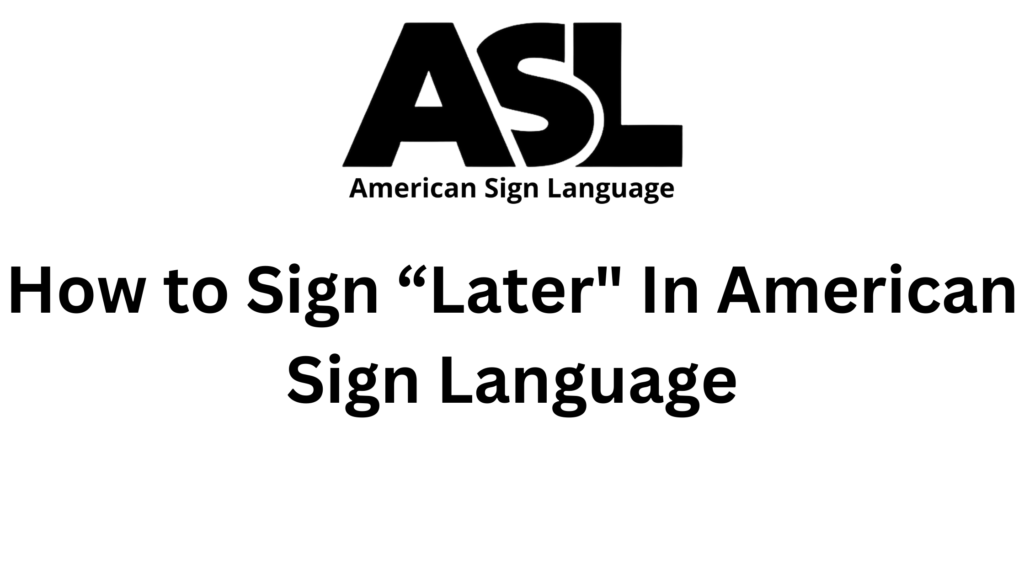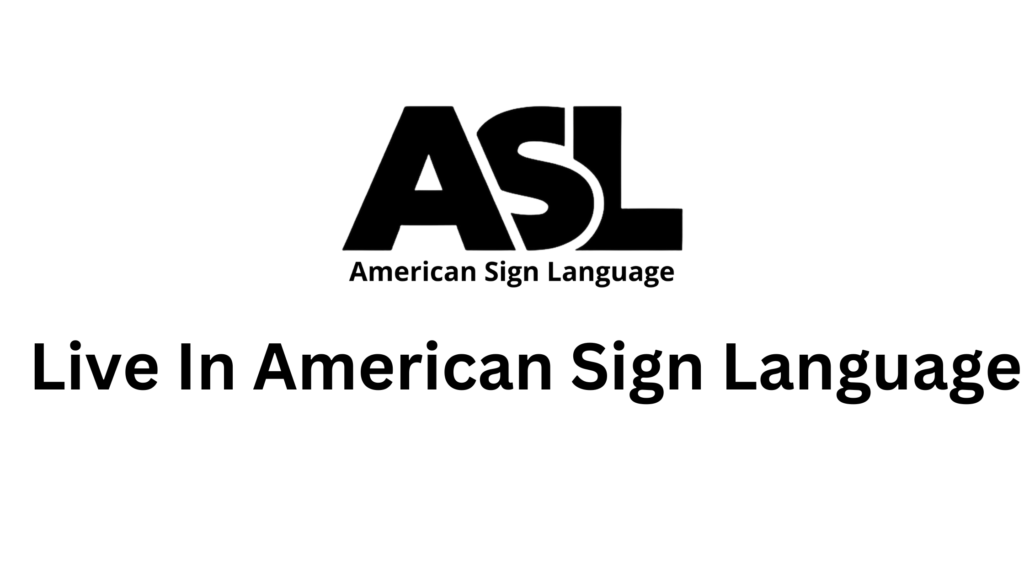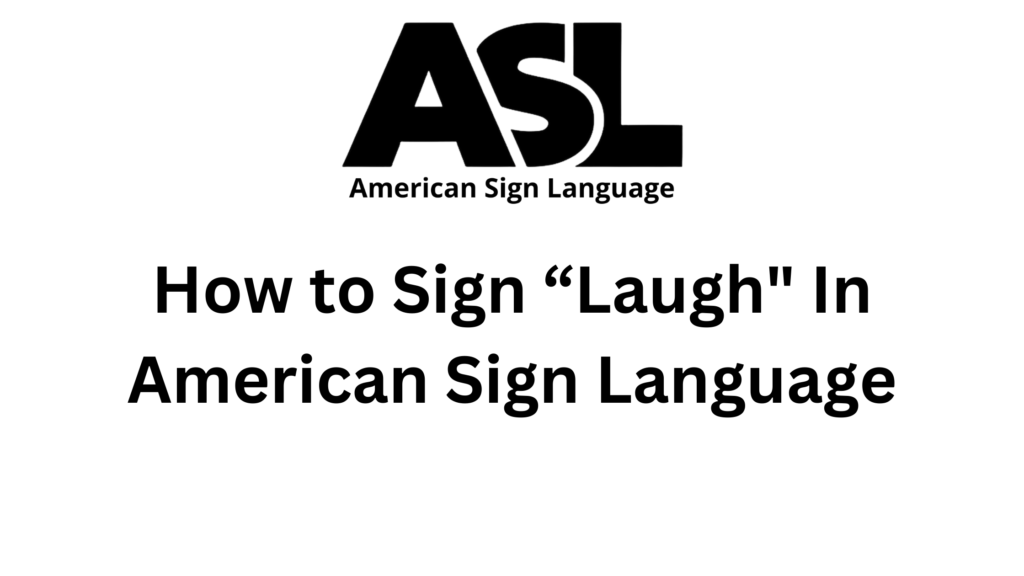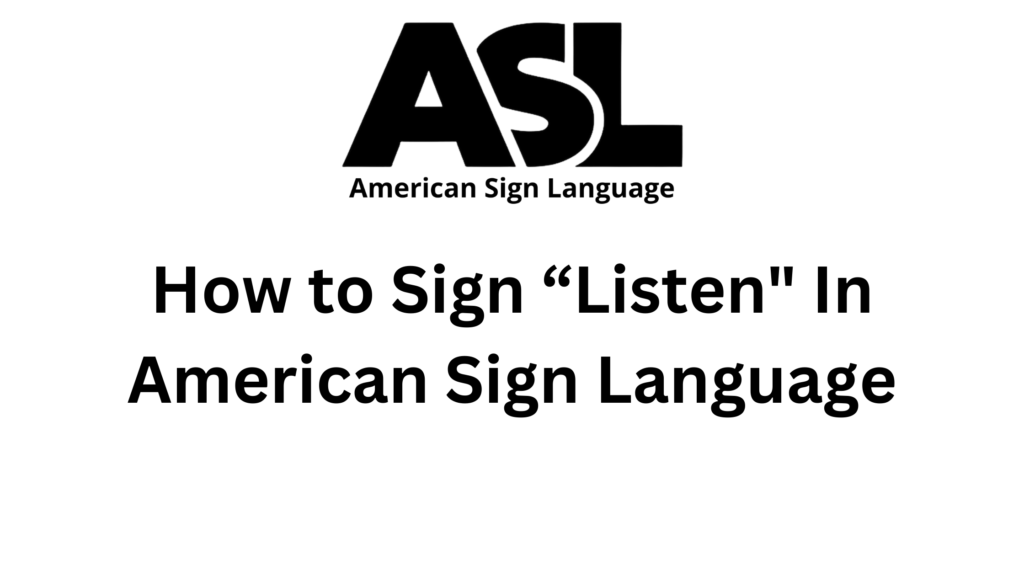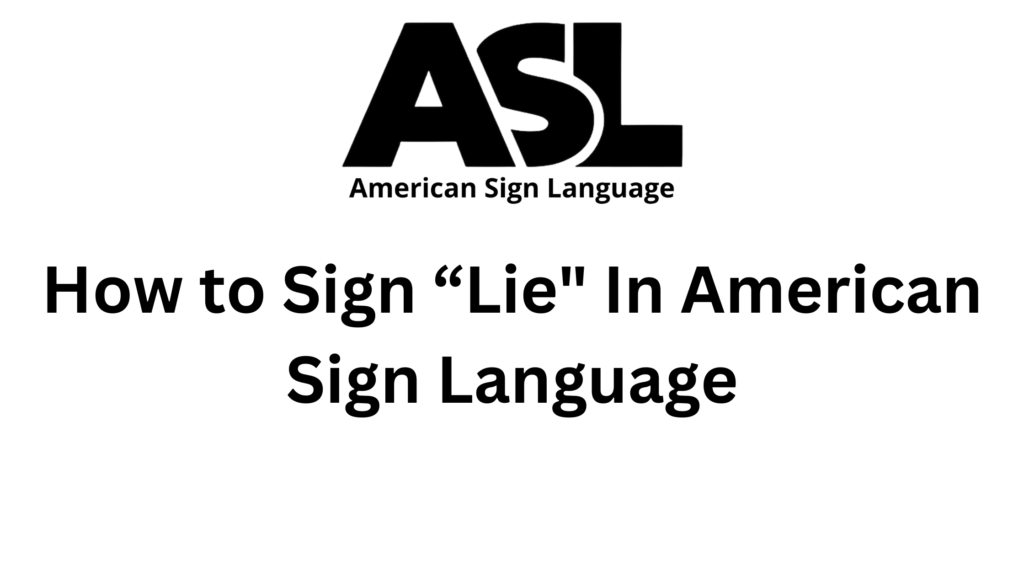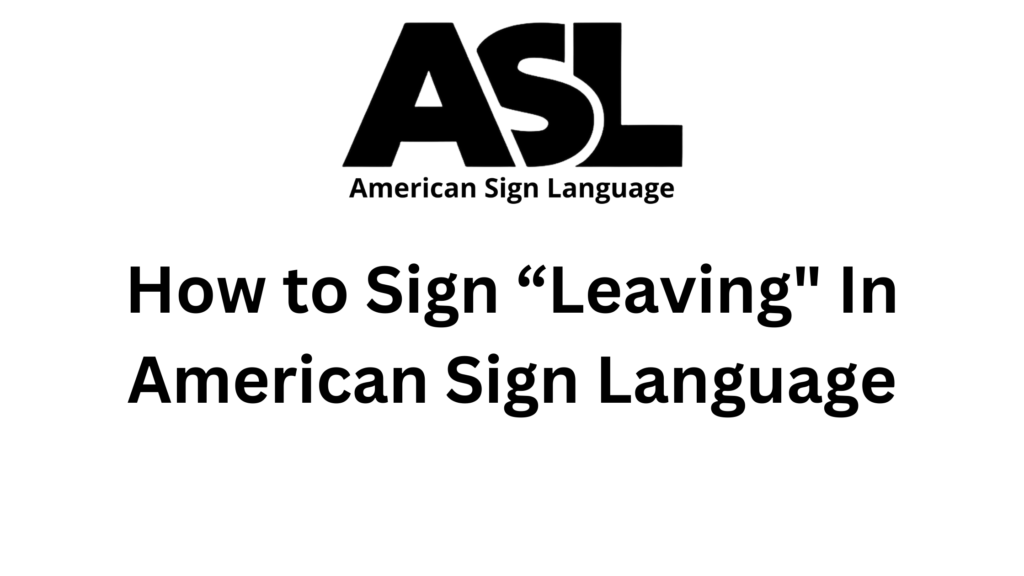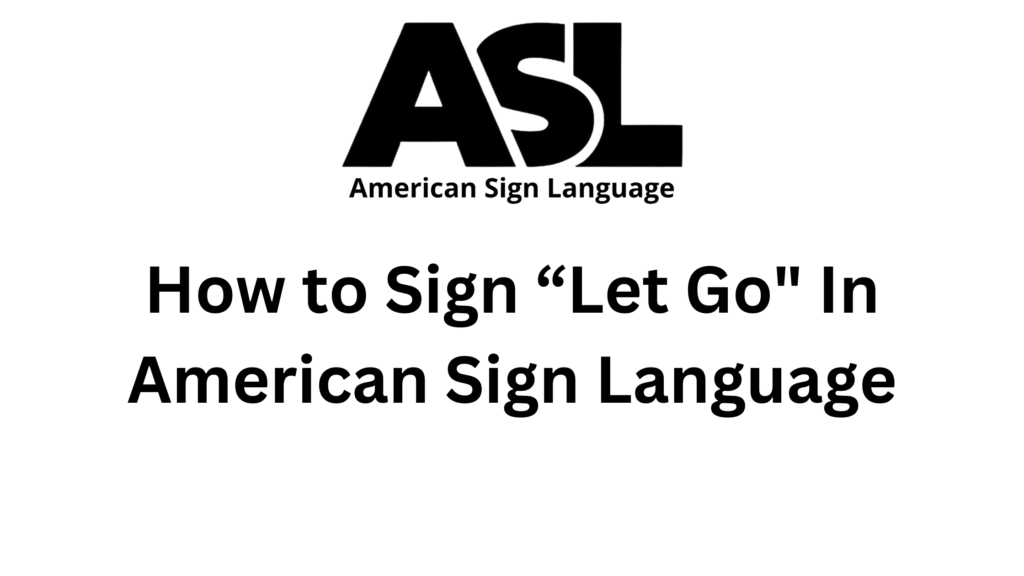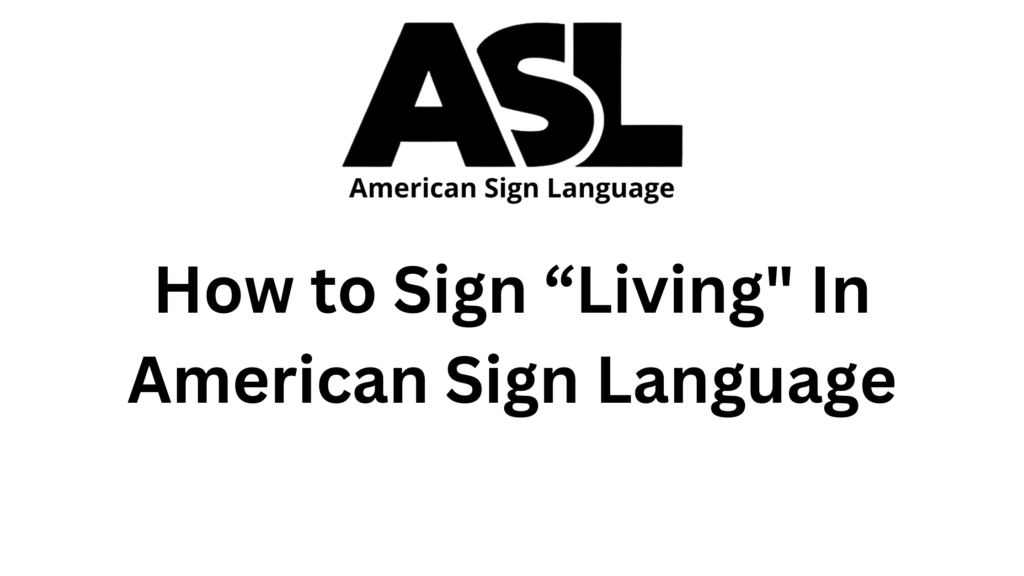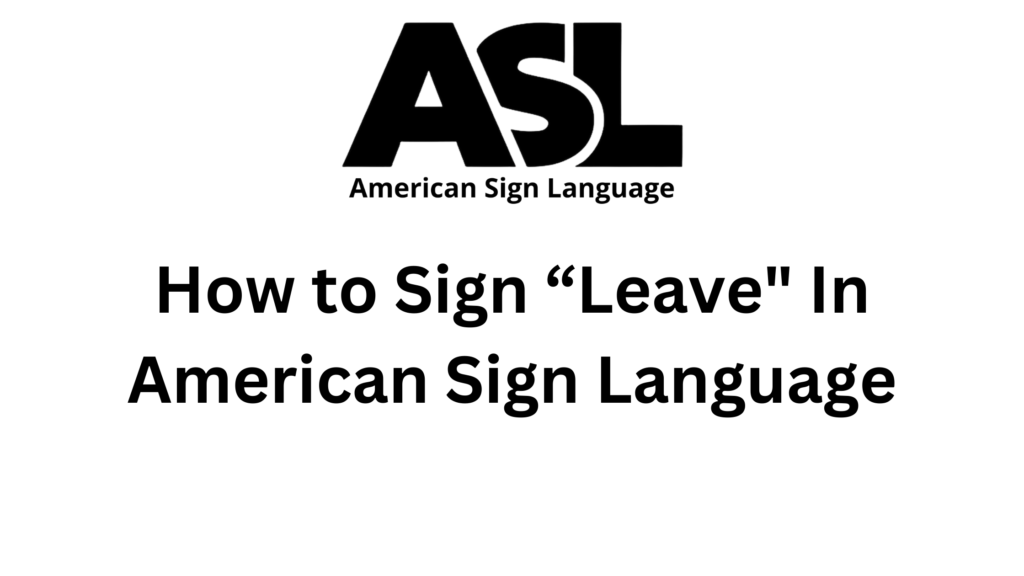Introduction
American Sign Language (ASL) is a rich and expressive form of communication used by the Deaf and hard-of-hearing community. Learning how to sign common phrases is not only a valuable skill but also a way to bridge communication gaps. In this article, we will delve into the intricacies of signing “Later” in ASL, exploring the gestures, nuances, and cultural aspects associated with this expression.
The Importance of ASL
Before we delve into the specifics of signing “Later” in ASL, let’s understand the significance of this visual language. ASL is not just a means of communication; it’s a vibrant part of Deaf culture. Embracing ASL fosters inclusion, understanding, and connection among individuals with diverse hearing abilities.
Basics of American Sign Language
The Manual Alphabet
To navigate the world of ASL, one must first grasp the basics. The manual alphabet is a fundamental aspect, allowing signers to spell out words and convey proper nouns. It serves as the foundation for signing more complex expressions like “Later.”
Facial Expressions and Body Language
ASL is not limited to hand movements; facial expressions and body language play a crucial role. They add depth and nuance to signs, conveying emotions and context. Mastering facial expressions enhances the overall fluency and authenticity of signed communication.
Understanding the Concept of “Later” in ASL
Temporal Concepts in ASL
In ASL, conveying time-related concepts involves a dynamic interplay of signs, facial expressions, and body language. “Later” is a versatile term, and its interpretation can vary based on context. Understanding the nuances of time in ASL is essential to accurately convey the intended meaning.
Breaking Down the Sign for “Later” in ASL
Handshape and Movement for “Later” in Sign Language
The sign for “Later” involves a specific handshape and movement. Imagine the scenario: you’re parting ways with a friend, and you want to express the idea of meeting up again. The sign for “Later” captures this notion through a graceful and meaningful motion.
Handshape: The “L” Formation
To start, form the letter “L” with your dominant hand. This handshape represents the concept of time, creating a visual link to the idea of “Later.”
Movement: Forward and Upward
Next, execute a smooth and deliberate movement. Bring the “L” formation forward and upward, symbolizing the progression of time. This upward motion signifies the future, making it clear that the interaction or meeting will happen at a later time.
Facial Expression: Anticipation and Positivity
Accompanying the hand movements, your facial expression plays a pivotal role. Communicate a sense of anticipation and positivity through your demeanor. A slight smile and raised eyebrows convey enthusiasm and eagerness for the future encounter.
Body Language: Open and Inviting
Your overall body language should align with the positivity of the message. Keep your posture open and inviting, creating a welcoming atmosphere for the discussion of future plans. The integration of body language ensures a holistic and engaging communication experience.
Cultural Sensitivity in ASL
The Deaf Community’s Perspective
To truly appreciate ASL, it’s essential to consider the cultural context. The Deaf community values direct communication, visual storytelling, and a strong sense of identity. Learning ASL goes beyond mastering signs; it involves embracing the rich cultural tapestry that shapes the Deaf experience.
Respectful Interactions
When signing “Later” or any other expression in ASL, approach the interaction with respect and cultural sensitivity. Avoid treating ASL as a mere translation of English; instead, recognize its unique grammar and syntax. This approach fosters meaningful connections and demonstrates a genuine commitment to understanding and inclusion.
Tips for Learning and Practicing ASL
Consistent Practice
Learning ASL, like any language, requires consistent practice. Dedicate time each day to engage with the language—whether through online resources, Deaf community events, or practice sessions with fellow learners.
Immersive Learning
Immerse yourself in ASL to enhance your skills. Attend Deaf events, participate in ASL social groups, and surround yourself with native signers. Immersion accelerates your understanding of the language’s nuances and cultural context.
Online Resources and Courses
Take advantage of the plethora of online resources and courses dedicated to ASL. Many platforms offer interactive lessons, video demonstrations, and opportunities to connect with the Deaf community. Embrace technology as a powerful tool for expanding your ASL proficiency. Learn More on Sign Language American for free.
Overcoming Challenges in ASL
Patience and Persistence
Learning any language presents challenges, and ASL is no exception. Patience and persistence are key. Celebrate small victories, stay motivated, and view challenges as opportunities for growth.
Seeking Guidance
If you encounter difficulties, seek guidance from experienced signers or ASL instructors. Joining a supportive community provides valuable insights, encouragement, and a sense of camaraderie.
Conclusion: Embracing the Art of ASL
In the journey of learning how to sign “Later” in American Sign Language, we’ve explored not just the physical gestures but also the cultural significance and nuances embedded in this vibrant form of communication. ASL is more than a set of signs; it’s an art that fosters connection, understanding, and unity.
As you embark on your ASL learning journey, remember that each sign carries a story, a cultural context, and an opportunity to bridge gaps between individuals. Whether you’re signing “Later” with friends, family, or members of the Deaf community, approach it with the respect and enthusiasm it deserves. In doing so, you not only master a valuable skill but also contribute to a world where communication knows no barriers.

